Rothenburg ob der Tauber


Rothenburg’s walls and towers have been untouched since the Thirty Years’ War of 1618, and the town itself is perched picturesquely on the steep banks of river Tauber. The museums here have preserved the town’s rich history and the town itself has wonderful architectural marvels including the town hall (Rathaus) built in the 13th century, the Council Tavern from the 14th century which also has an old clock with mechanical figures, and the many medieval churches. One would feel transported to another place and time while roaming through the ancient streets with its old buildings preserved since many centuries ago.
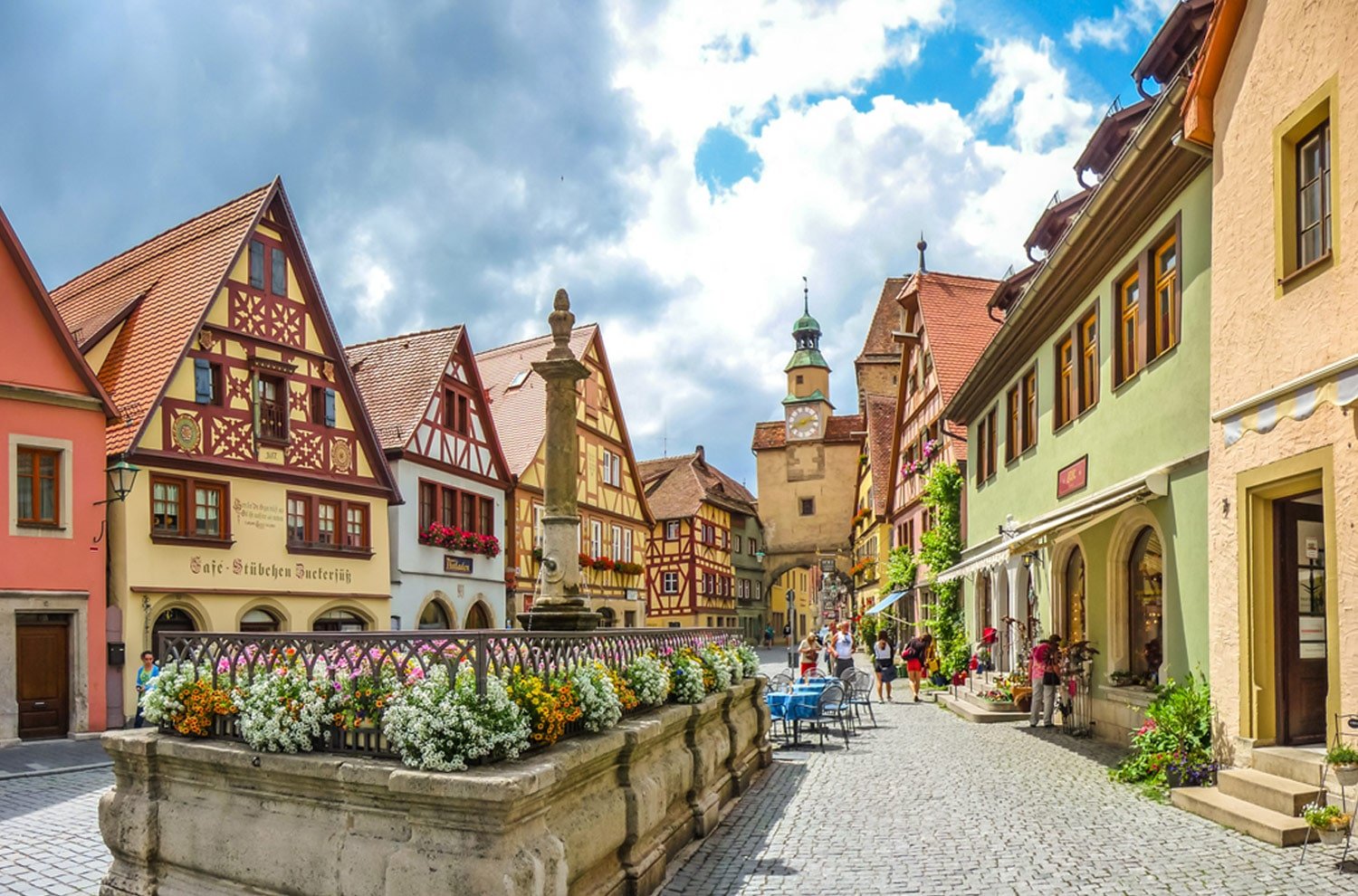
If sceptics feel that the town has become too commercial and it now represents a theme park, it is an opinion that says more about theme parks than the town itself.
Yes, a casual visitor on an unplanned visit could get overwhelmed by to the immense crowd that cramps into this small town. There have been an estimated 2.5 million visitors to Rothenburg each year, filling its medieval streets and squares during high season, mostly of them photo trigger happy Japanese and an equal measure of Americans who comprise the town’s largest foreign contingent of visitors.
Thankfully most of these day trippers disappear by evening in search of next must see destination to check off from their bucket list, leaving almost the entire town for those who care to spend the night in town
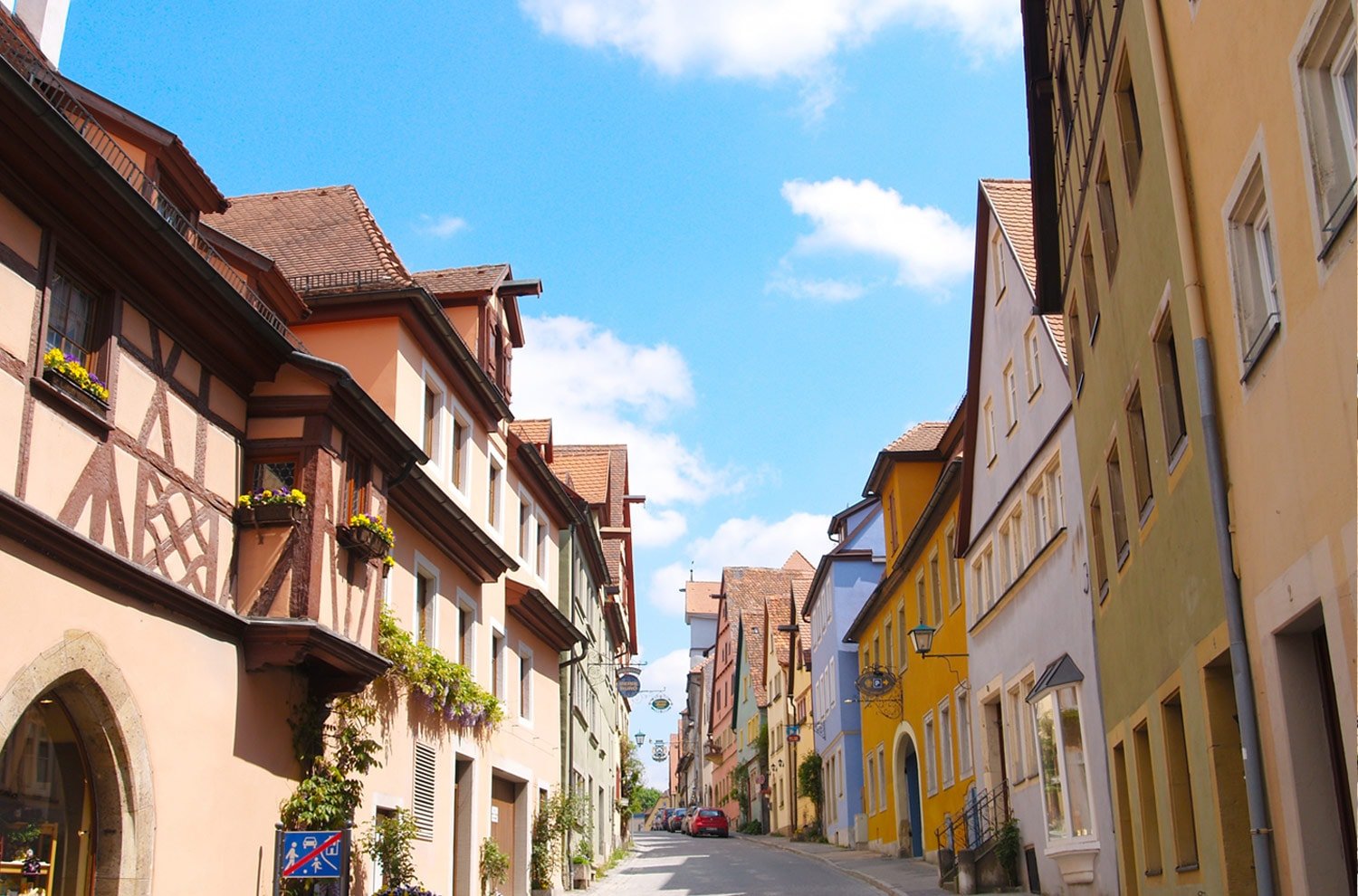
January and February would be the best time to visit the town if you are looking for solitude, as the only people around would be the locals and a few Goethe Institute language students.
HOW TO GET TO ROTHENBURG
By Train
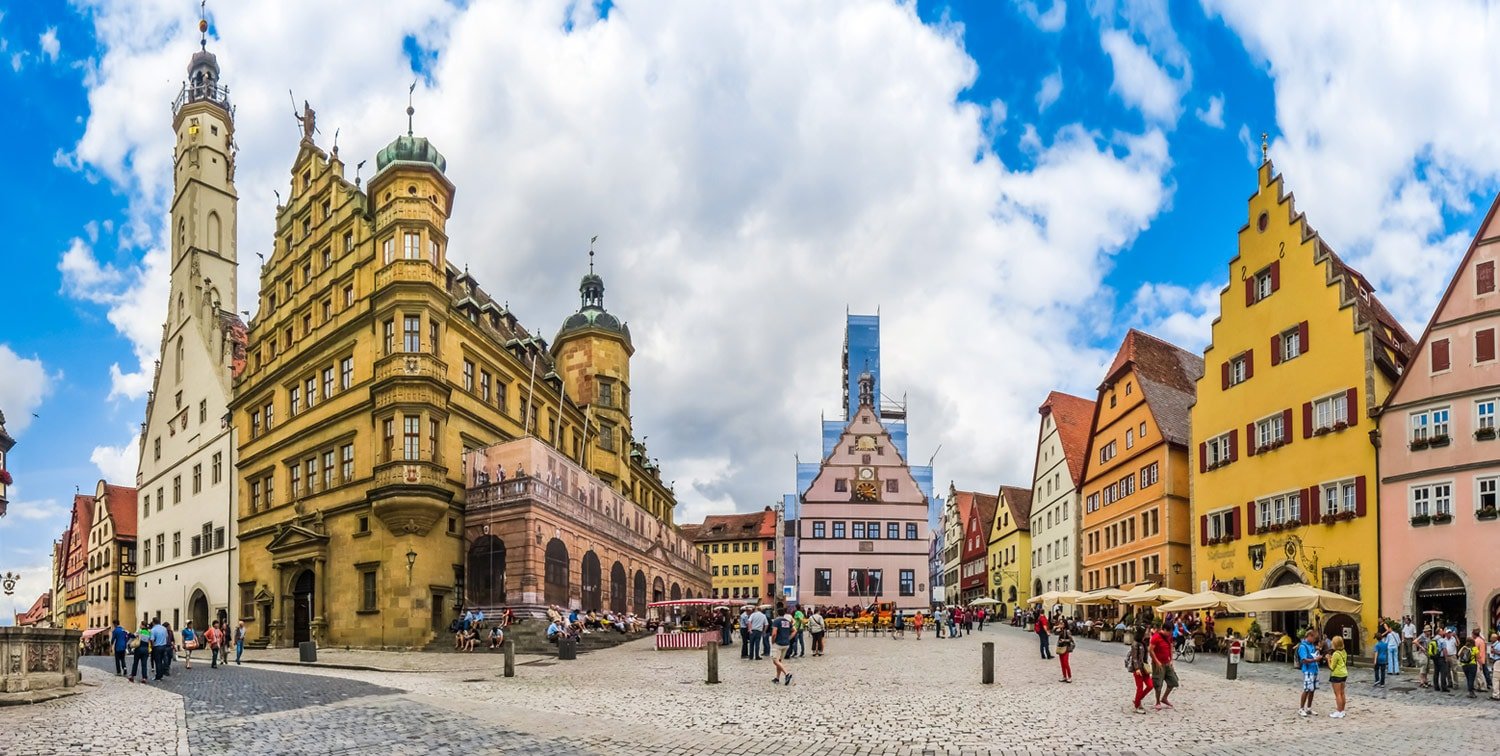
An easy 15 minute walk from the train station is all you need to reach the Market Square (Marktplatz) of the historic centre.
If coming by car, you reach Rothenburg quickly by autobahn A7 and exit 108, where the town is well marked via AnsbacherStraße.
A word of caution though; driving on the autobahn is not for the faint hearted or those who consider driving at 60 km per hour is too fast, especially for us from India. The minimum speed you need to drive on the autobahn is 60 km per hour and the maximum is 130 km per hour.
A more leisurely journey on the RomantischeStraße (Romantic Road) provides scenic views when you drive into the town.
WHAT TO SEE
The Town Hall
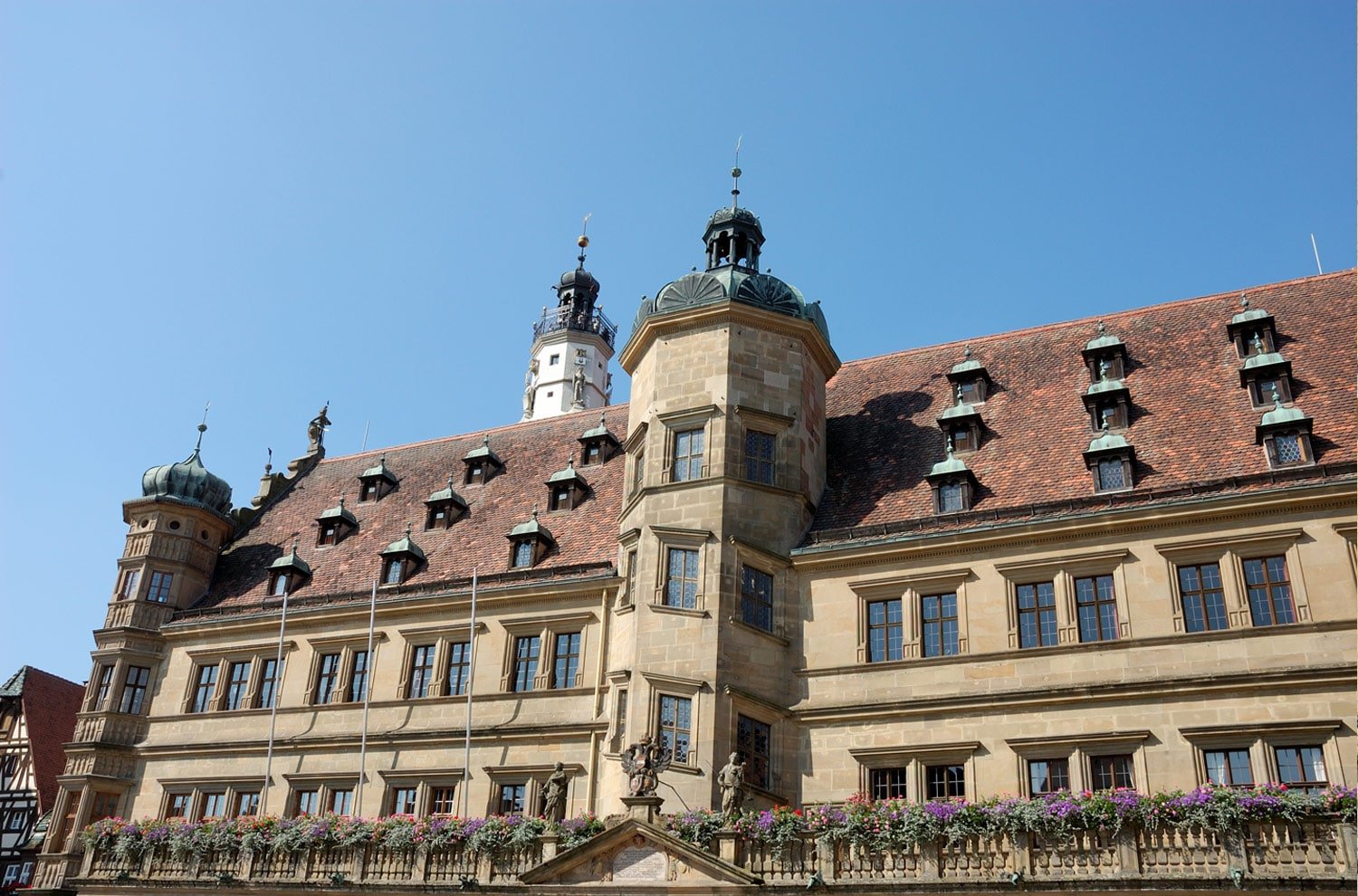
One of the finest town halls in southern Germany, the imposing Rathaus dominates the Marktplatz. Constructed in the 13th century, the oldest part of this edifice faces Herrngasse. The 50 metre high tower was later added to the structure in the 16th century.
The market-facing section was constructed in 1578. It includes the imperial hall, which is still used for theatrical performances and concerts.
The former Council Tavern (Ratstrinkstube) added in 1466 with its old clock and mechanical figures are also of interest.
St. Jacob’s Church
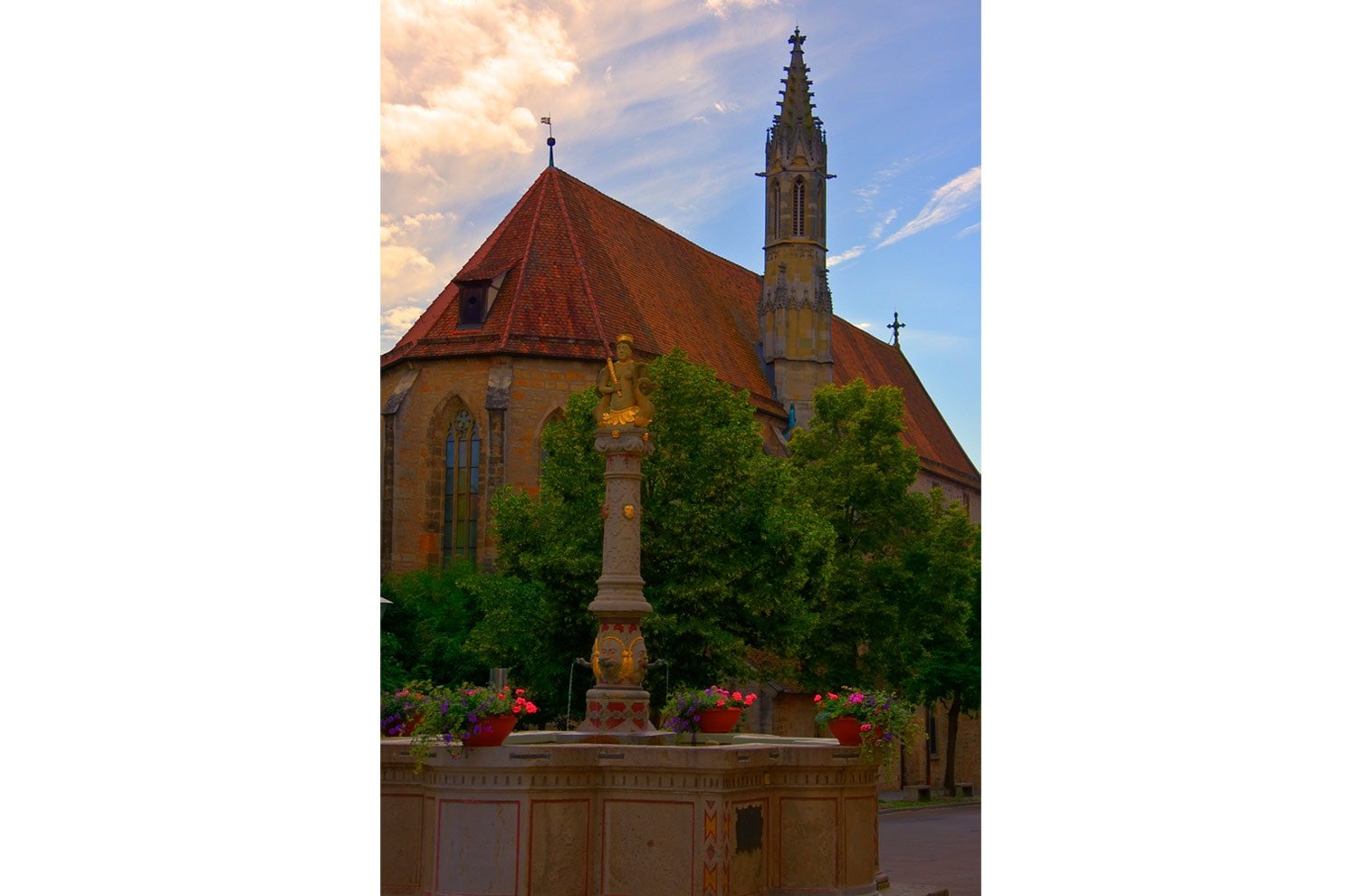
St. Jacob’s church is a Lutheran church (Kirchengemeinde St. Jakob), which is just a short walk away from the town hall. Widely considered to be one of the beautifully constructed churches of Germany, it was completed in 1485. Its Altar of the Holy Blood, with exquisitely carved wood with a representation of the Last Supper, dates from 1505.
Also, noteworthy is the Twelve Apostles Altar which has the oldest representation of Rothenburg and the 700 year old stained glass in the East Choir.
It is a major pilgrimage centre on the route to the St, James church in Santiago de Compostela in Spain
The Little Square: Plönlein
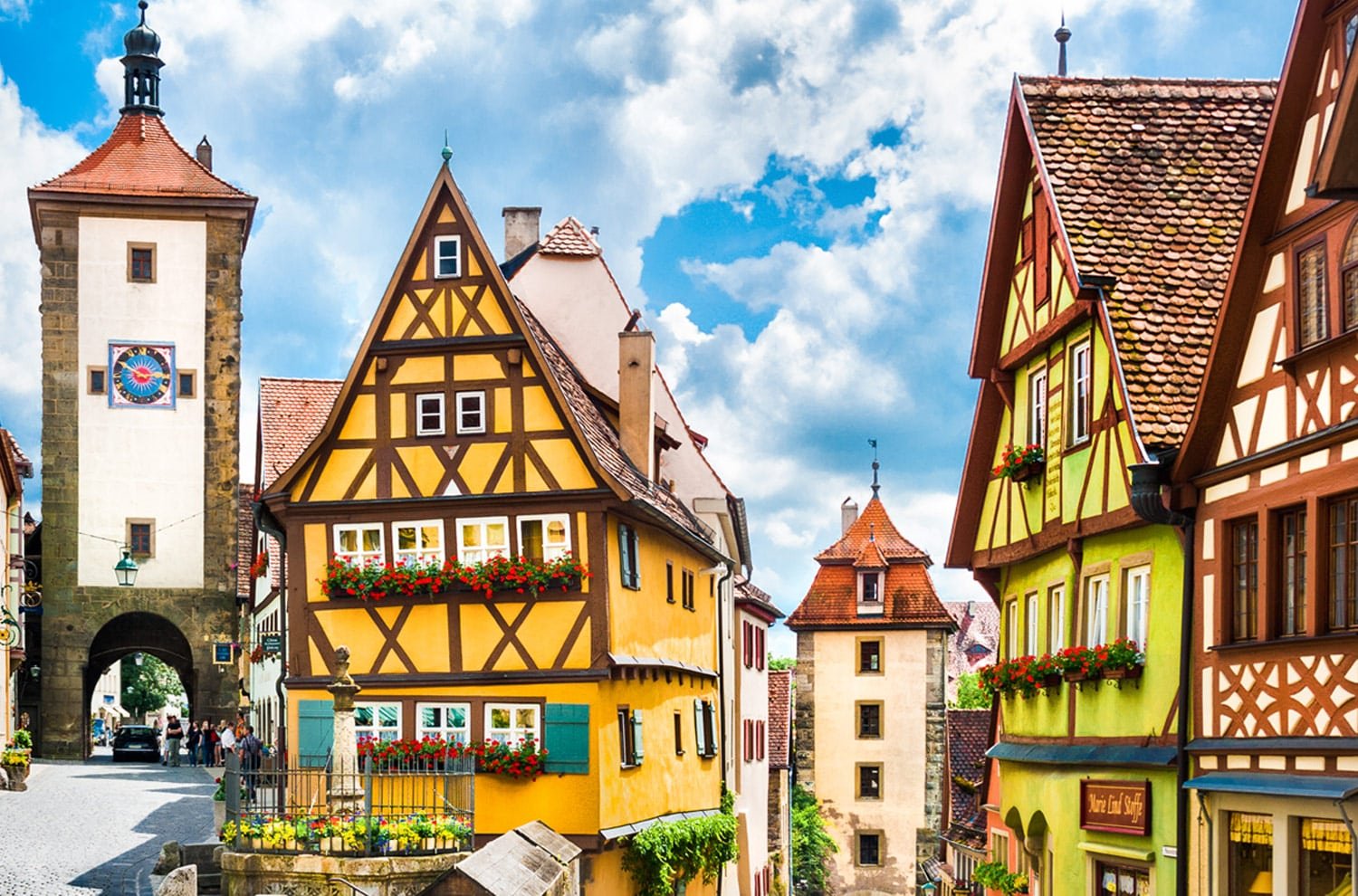
This exquisitely beautiful and adorable square looks as if it has been transported from a fairy tale book into the middle of this medieval town. The name Plönlein means ‘Little Square’ is actually a small intersection. A tall, thin building divides the two streets, one heading up through the Siebers tower, the other sloping down to the Kobolzeller Tower.
The Old Town Wall Walks
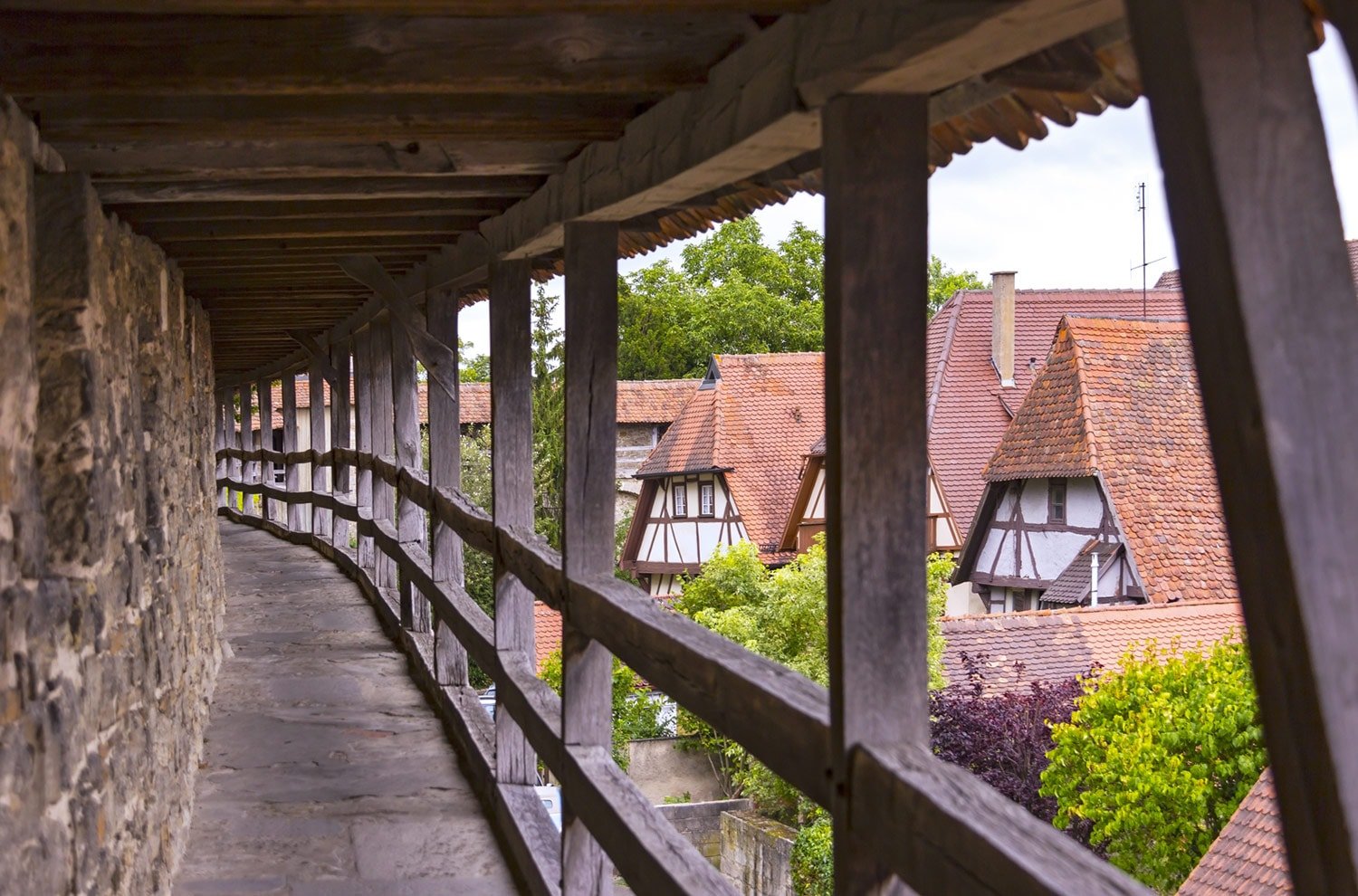
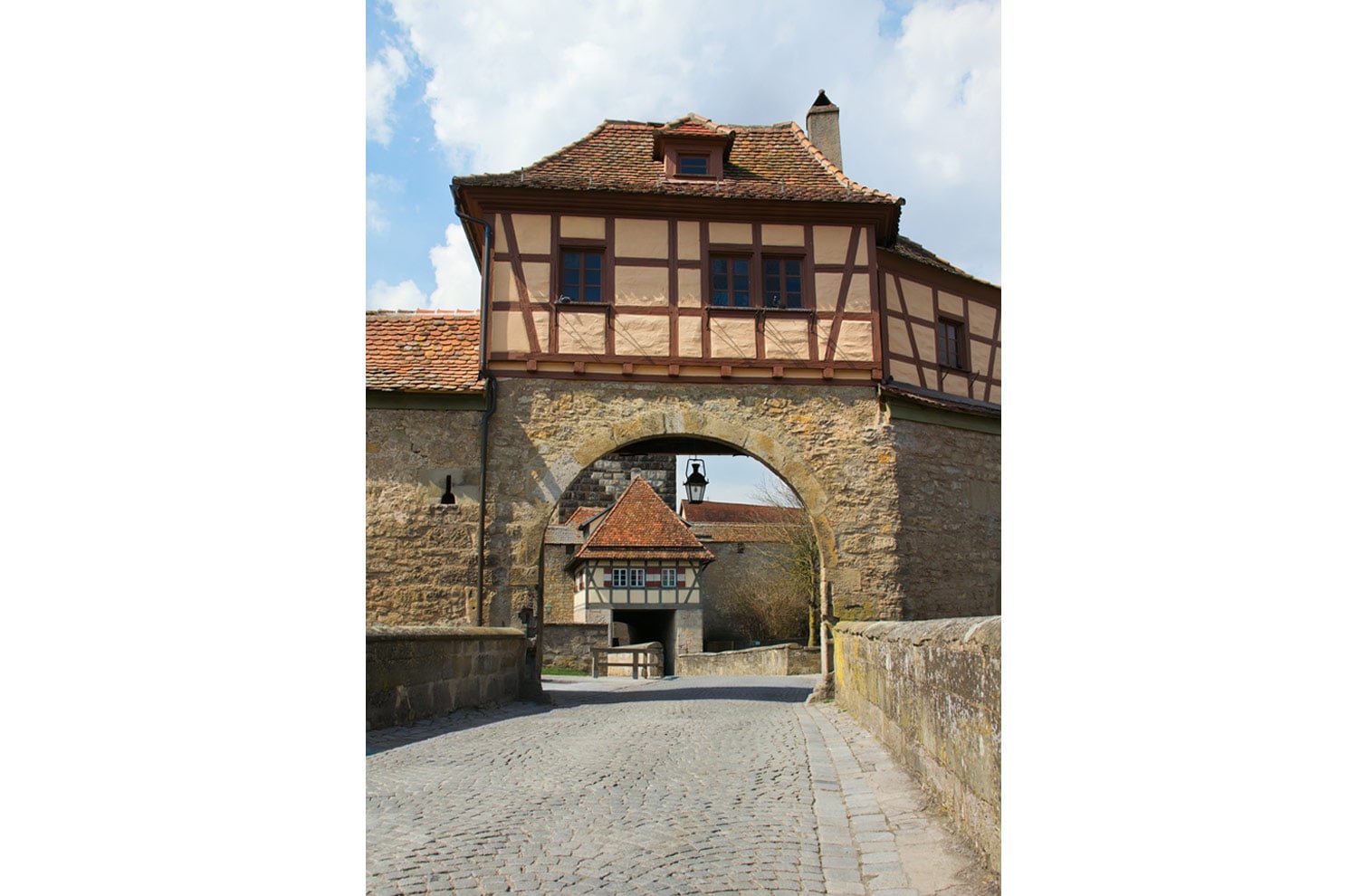
There are a total of 42 gatehouses and towers in the town. Your walk covers most of them. English language guided tours of the town walls and other historic landmarks are available.
Medieval Crime Museum
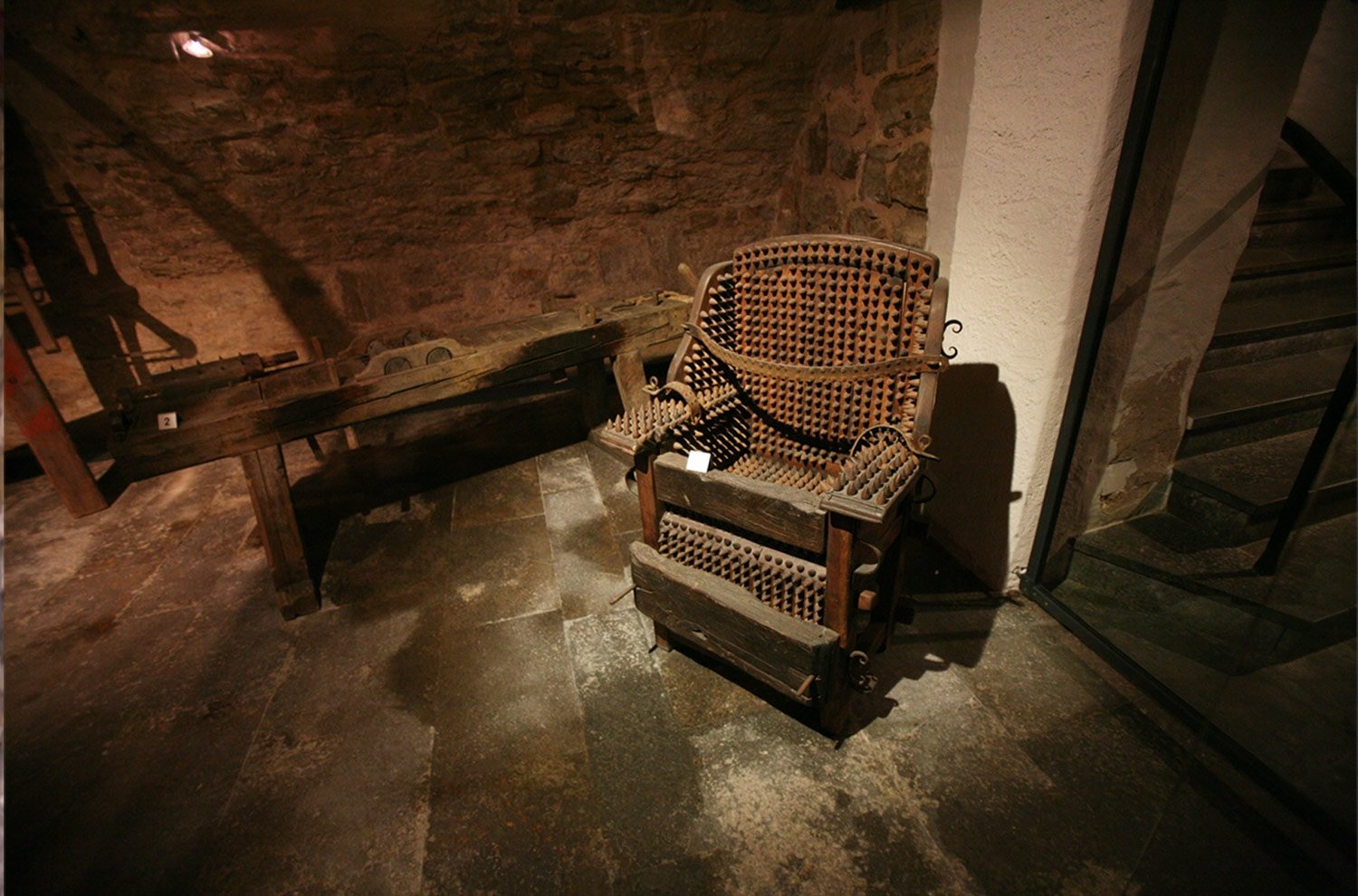
The Castle Gardens (Burggarten)
There are beautiful parks and gardens in Rothenburg among which the Castle Gardens (Burggarten) is one of the prominent ones. Developed on the site of the destruction of a castle due to an earthquake in 1356, this garden offers spectacular views of the old town and the Double Bridge down the Tauber valley. Its flowerbeds are geometrically designed and laid out in the 17th and the 18th centuries. There are eight fine sculptures to represent the four seasons and the four elements. There is also a monument dedicated to the 14th century Mayor Toppler and the lords of the destroyed, the Hohenstaufen dynasty.
The Christmas Markets
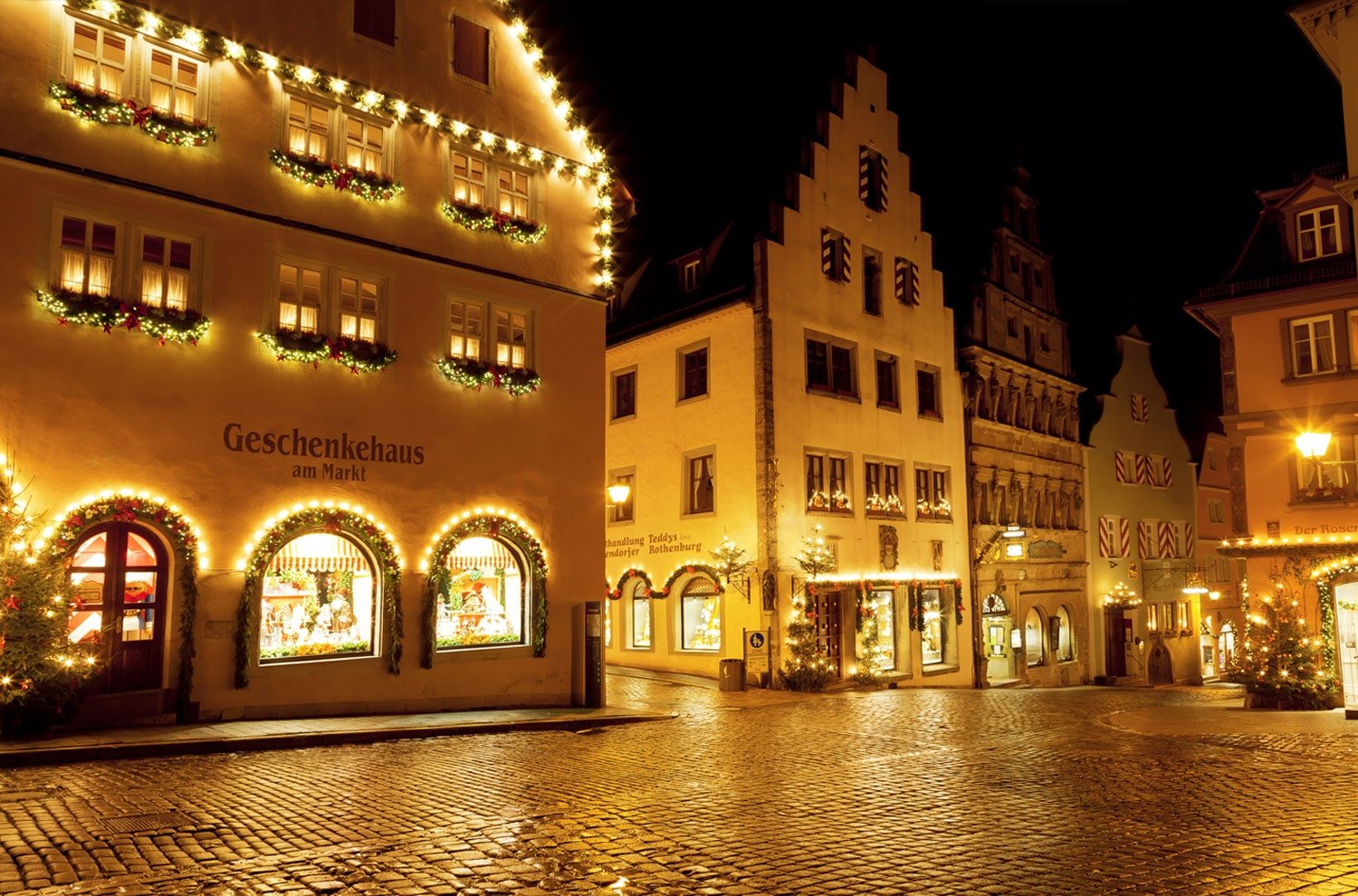
The Master Builder’s House (Baumeisterhaus)
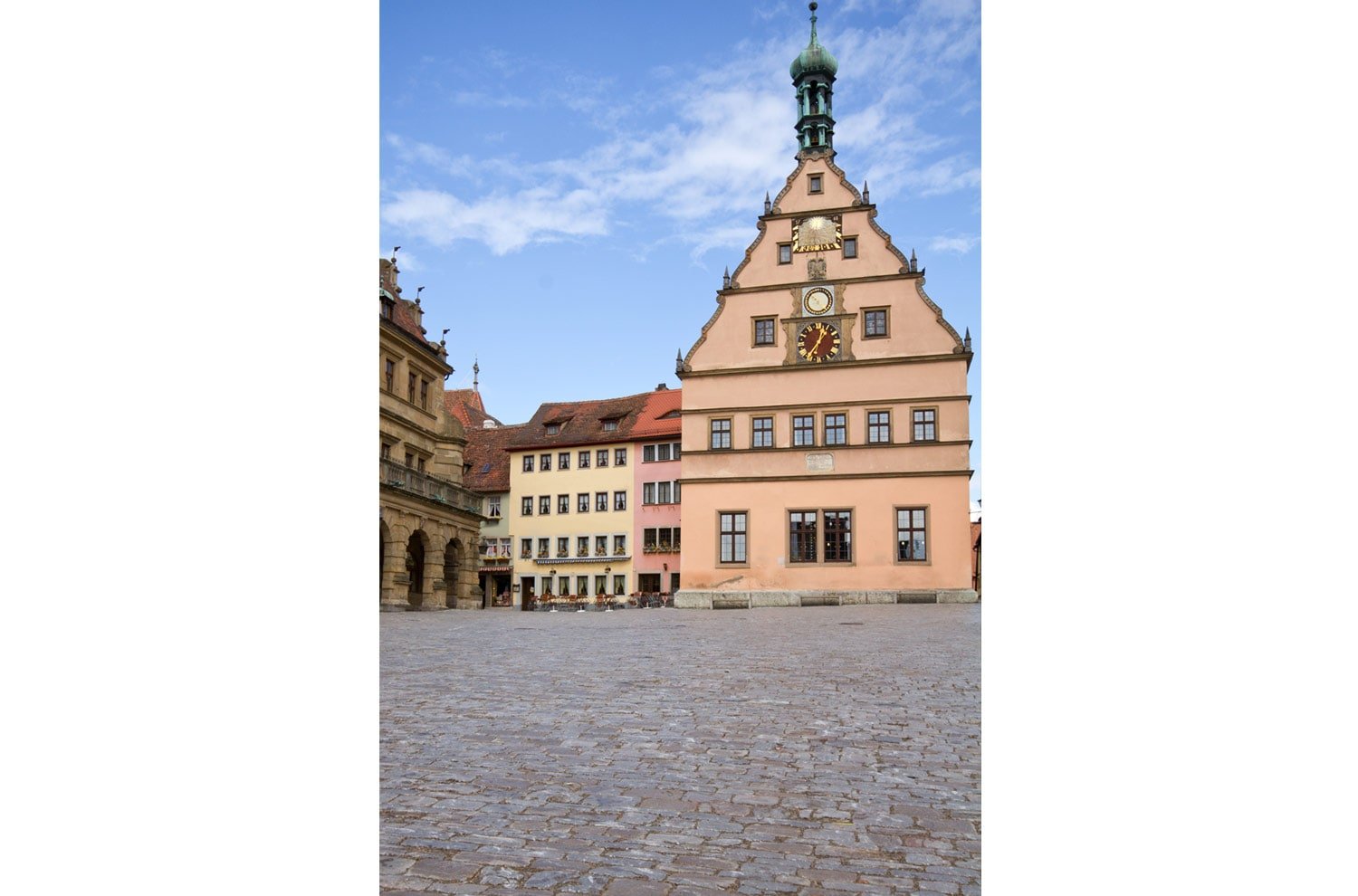
Spitaltor (Spital Gate)
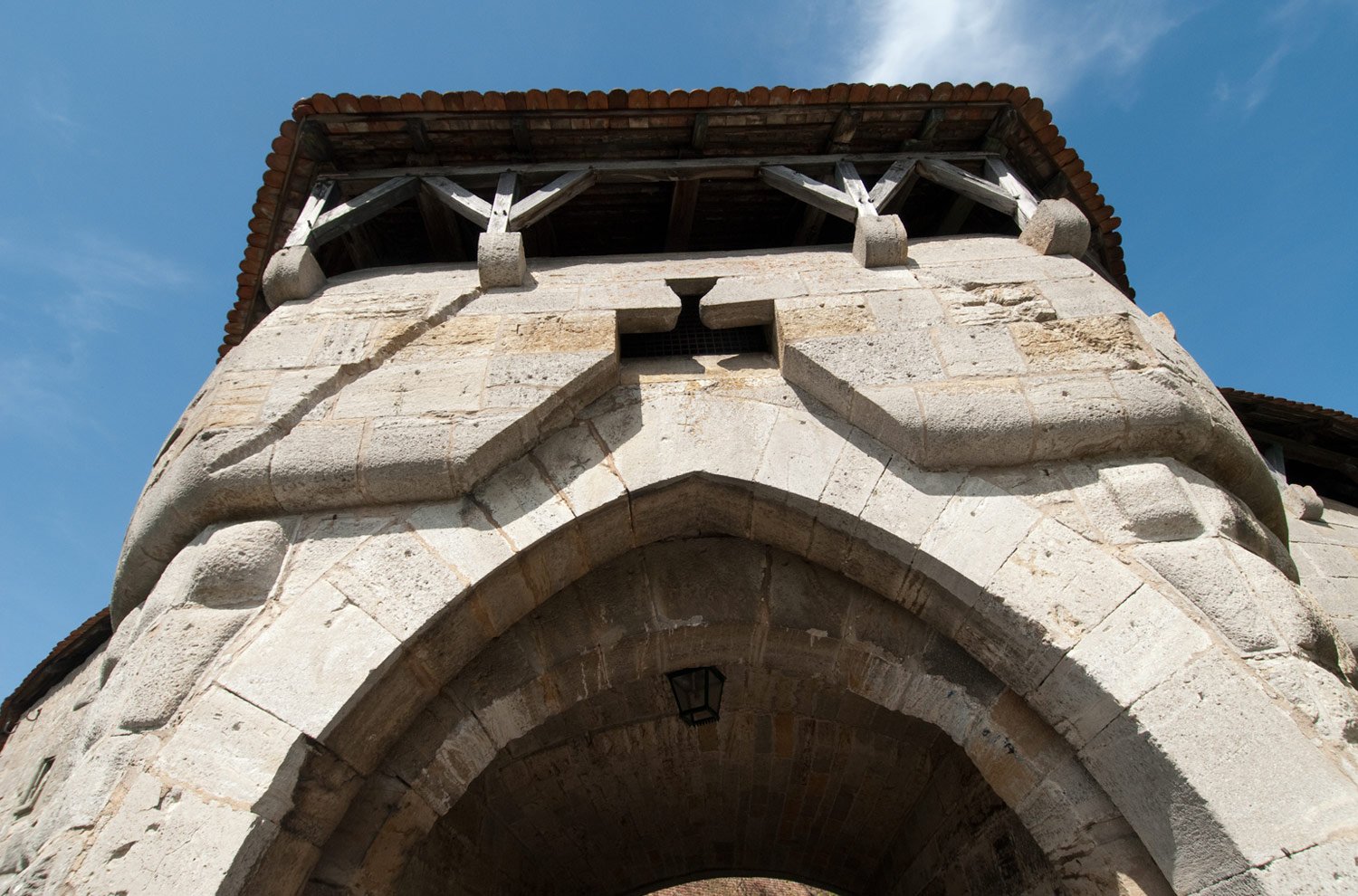
Spitalhof has many buildings worth a visit. Hegereiterhäuschen, an old home built in 1591, and the huge 16th century Spital Gate (Spitaltor), were both built by Leonard Weidmann. Spitaltor is the last of the town’s fortifications. It bears Latin inscription, ‘Paxintrantibus,Salus exeunt bus’, and meaning ‘peace to those who enter in, good health to those who leave again’. It has been built in the shape of number 8. This fortification includes seven gates, a drawbridge, a parapet and a portcullis.
The Imperial Town Museum
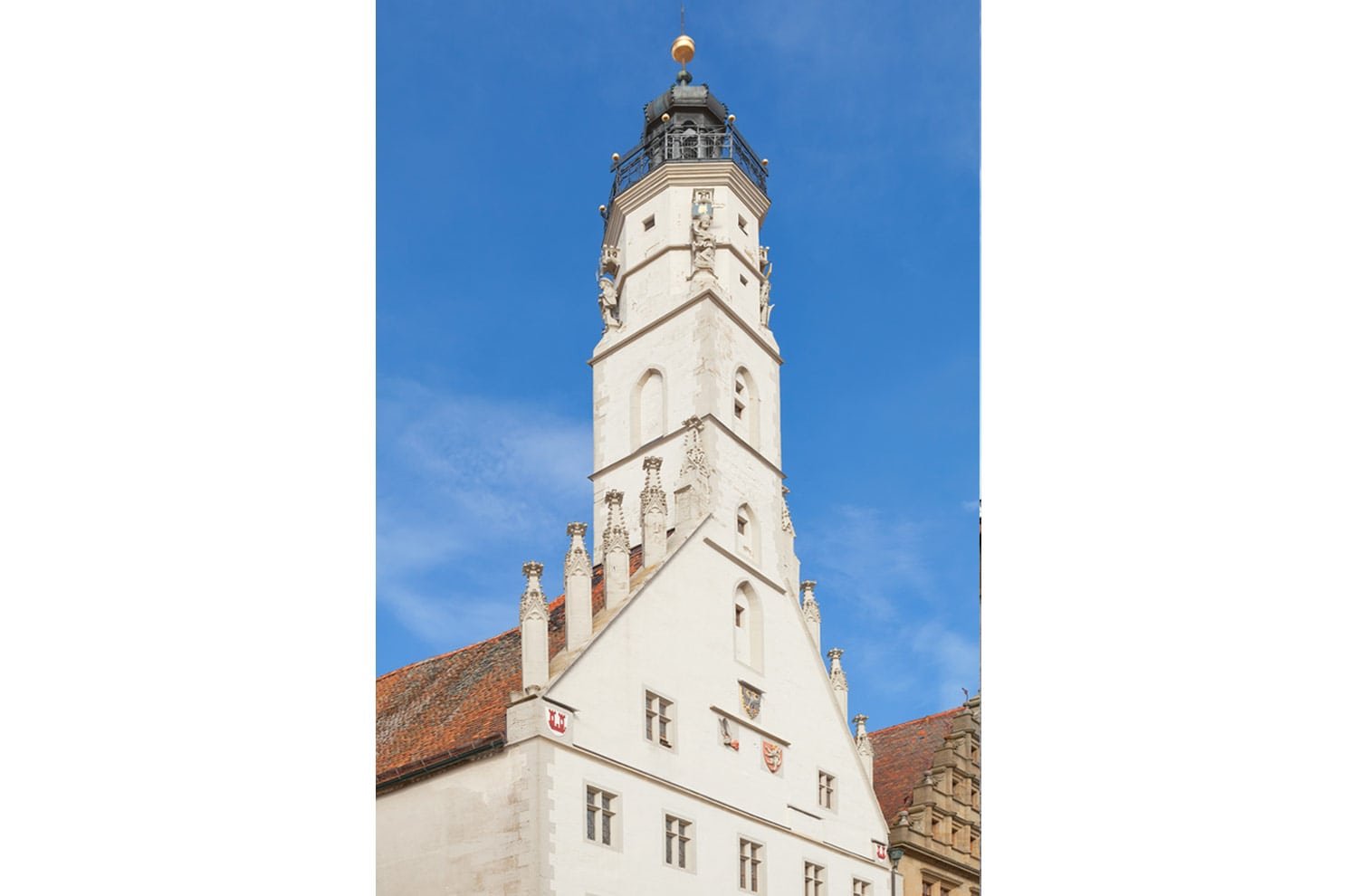
The Imperial town museum (Reichsstadtmuseum) is in a former Dominican nunnery. Established in 1936, this museum gives us an understanding of the importance of this town. The display includes artefacts of life in the convent (dissolved in the 16th century), the historic living quarters, 13th century kitchen and the 14th century panels of the Rothenburg Passion. The European weaponry from the Stone Age to the 19th century, that includes hunting weapons once used by Frederick the Great, is a highlight. The Judaica Department and its artefacts showcases the town’s Jewish heritage.

